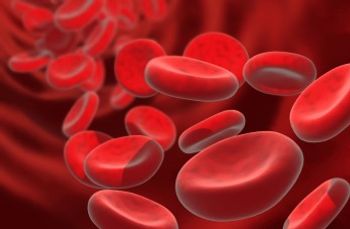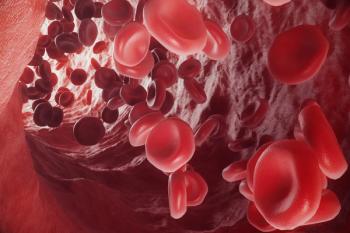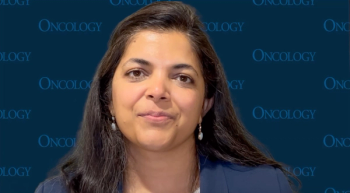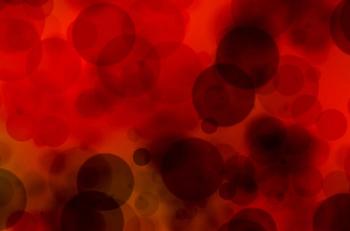
Oncology NEWS International
- Oncology NEWS International Vol 4 No 9
- Volume 4
- Issue 9
Phase I Trial of Circadian Patterned Infusion of Continuous IL-2 Opens
MANHASSET, NY--North Shore University Hospital-Cornell University Medical College has announced the start of a phase I study of continuous infusion interleukin-2 given with a circadian modified pattern (CORN 9476).
MANHASSET, NY--North Shore University Hospital-Cornell UniversityMedical College has announced the start of a phase I study ofcontinuous infusion interleukin-2 given with a circadian modifiedpattern (CORN 9476).
M. Margaret Kemeny, MD, chief, division of surgical oncology,said that the trial is open to all patients with metastatic melanomaor metastatic renal cell carcinoma except those who have alreadyreceived previous IL-2 therapy or have failed two or more chemotherapeuticor immunotherapeutic treatments.
The goals of the study are (1) to identify the optimal cycle ina 24-hour period for the administration of IL-2 as a continuousinfusion and (2) to determine whether increased amounts of IL-2are tolerated with less toxicity using this optimal pattern. Formore information, contact Dr. Kemeny at 516-562-3153.
Articles in this issue
over 30 years ago
New Probe Detects Fusion of bcr/ablover 30 years ago
Avon's Breast Cancer Crusade to Offer 'Pink Ribbon' Pensover 30 years ago
Take a Behind the Scenes Look at ODACover 30 years ago
Michigan Cancer System Named for Womanover 30 years ago
High-Dose Chemo Patients to Get Stem Cells With the MDR-1 Geneover 30 years ago
Report on Minority Health Finds Few Black Oncologistsover 30 years ago
Where Are We Going and What Questions Do We Need to Ask?over 30 years ago
Hodgkin's Disease Patients Sought for Trial of MoAbNewsletter
Stay up to date on recent advances in the multidisciplinary approach to cancer.


















































































